As I write this New Zealand has been plunged into another mini lockdown. Auckland schools are closed for seven days, and the rest of the country is back to gatherings of no more than 100 people. While these lockdowns are frustrating, I believe most New Zealanders are willing to go through these short and sharp periods of inconvenience as it has shown to be effective at stamping out the virus in the community. I think 25,000+ people at the recent music festival “Electric Avenue” will attest to that. What other country is able to hold summer music festivals in 2021?
But because we have these times of uncertainty hanging over us, teachers and students are needing to find ways of continuing their learning and skill development without the resources of their music departments. During the nationwide level 3 and 4 lockdown in 2020 I found the following software to be really great at enabling students to continue composing and mixing from home. Everything listed below is free to download and works on Windows and Mac computers. Chromebooks are not an option for audio recording and mixing beyond the basic websites like Soundtrap and Bandlab. Just like you can’t edit video properly through a website, you can’t do higher end audio recording and mixing through the options available on Chromebooks.
In addition to the options below please see my recent blogs on free Orchestral sound libraries and free composition software.
DAW
I wish that Pro Tools First, the free version of the industry standard recording software was good, but it just seems so buggy and unreliable. And, just like they did with good old Pro Tools Free for Windows 98, AVID seem to have stopped providing any updates for it. Instead, the best option for a professional level recording platform is Reaper.

Reaper isn’t strictly free, but it has a fully functioning evaluation period, that never expires! So, if you try it and like it, I do encourage you to purchase an education licence (for a very small price) as I have. Reaper is generally considered to be a top tier Digital Audio Workstation (DAW) just like Logic, Cubase, Pro Tools, Studio One and Reason. It is well supported by a very enthusiastic community and excellent tutorials on their own website. Students and teachers really can learn everything they need to know about it from YouTube.
Mixing plugins
All of the audio mixing plugins, such as EQs, compressors, delay and reverb that come with Reaper are all very good. But to be honest, they’re not very pretty and inspiring to work with. Instead here are some great options of mixing plugins that work inside Reaper once you’ve installed them on your computer.
TDR Slick EQ – while this may not be a fully parametric EQ, it sounds great and is easy to use. And when students are new to mixing, ease of use if the most important thing.
TDR Nova – this is a dynamic EQ, so might be a bit beyond the beginner user, but it looks amazing and sounds even better. It’s free so why not download it and give it a try?
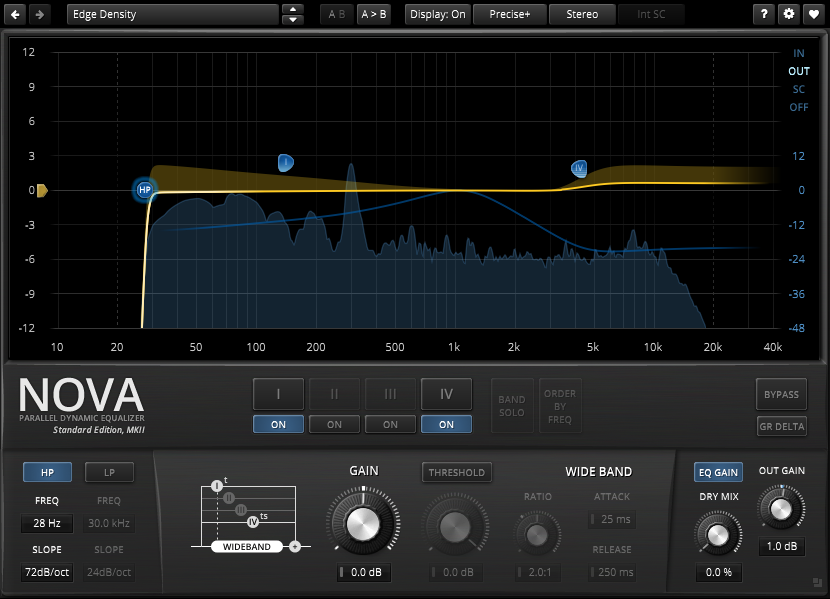
TDR Kotelnikov Compressor – this is a beautiful sounding compressor which looks great as well.
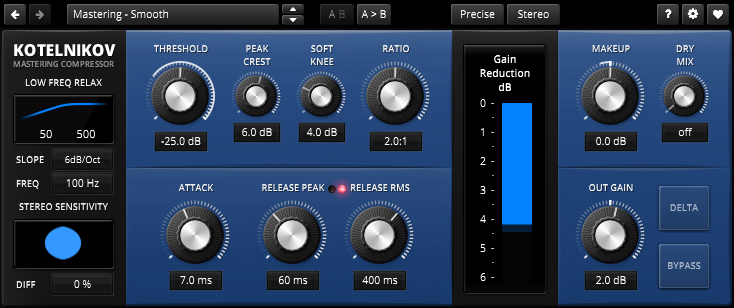
Klanghelm MJUC Jr compressor – if the Kotelnikov is intimidating to use, here is a much simpler compressor to start working with. This is modelling on the classic LA2A style of compression where you only have two or three controls. These can be especially useful on evening out the dynamic changes in a vocal performance.

Valhalla Supermassive Delay – it’s amazing that this is free. Valhalla make some of the best reverbs and delays so it is wonderful they have released this excellent delay.
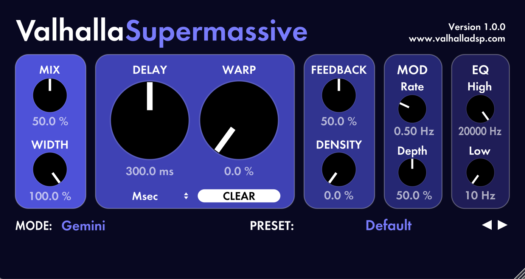
TAL Reverbs – Finding a good reverb is a bit tougher. The Valhalla Supermassive could act as a reverb in a pinch but really it might be worth investing in the Valhalla Reverb. I’d start with the Vintage Verb which is excellent and very reasonably priced. However for free options TAL offer a few different reverbs and I recommend getting them all. To start with go for TAL – Reverb 4.
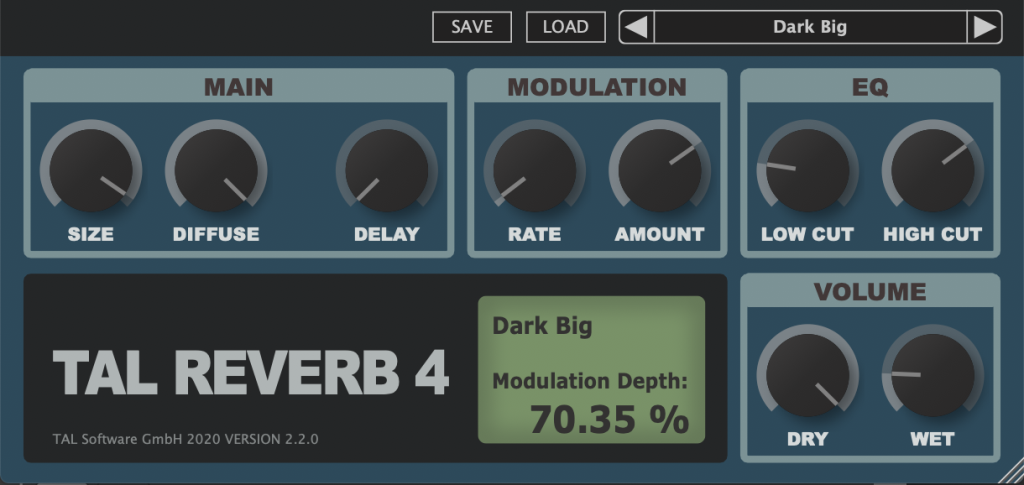
Saturation and distortion – when recording on purely digital systems it can be harder making your tracks ‘glue’ together in a balanced way when compared to mixing on old analog systems using tape. Something that can really help make your mixes sound warmer and work well together is to provide very subtle distortion, known as saturation. This is what naturally happens when you increase the gain or input on an analog mixing console, and when you record onto tape. We can emulate this in the digital realm using saturation plugins. There are many excellent options now, but an excellent free one is the Klanghelm IVGI. A word of warning, don’t over do this! If you hear a big noticeable difference when you put this on a track and raise it’s levels then you’ve probably used too much. Put it on each of your tracks but in barely perceptible amounts. The combination of putting this on 12 or more tracks in you mix will have the overall effect of making everything ‘fit’ a bit better, and sound warmer.
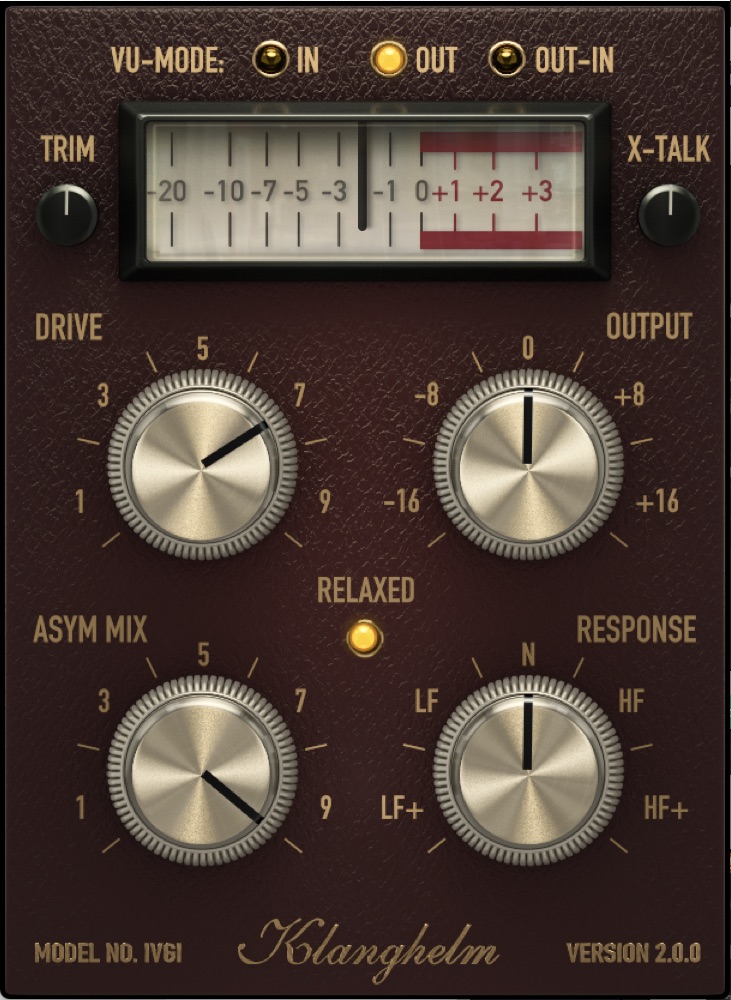
If you want to explore other options for free effects and software instruments Landr have put together a great blog which is well worth reading. However, at over 200 options it’s a little overwhelming. What I’ve listed above has worked well for me and my students.

